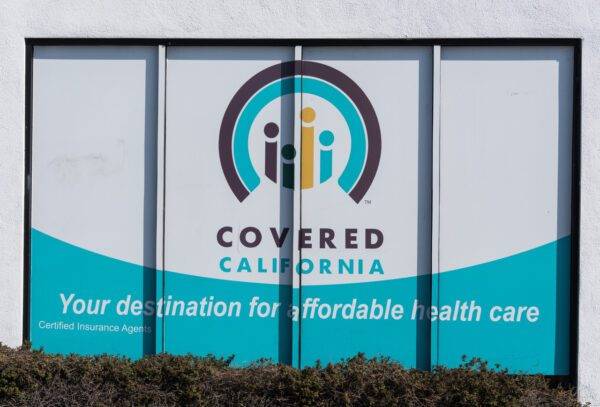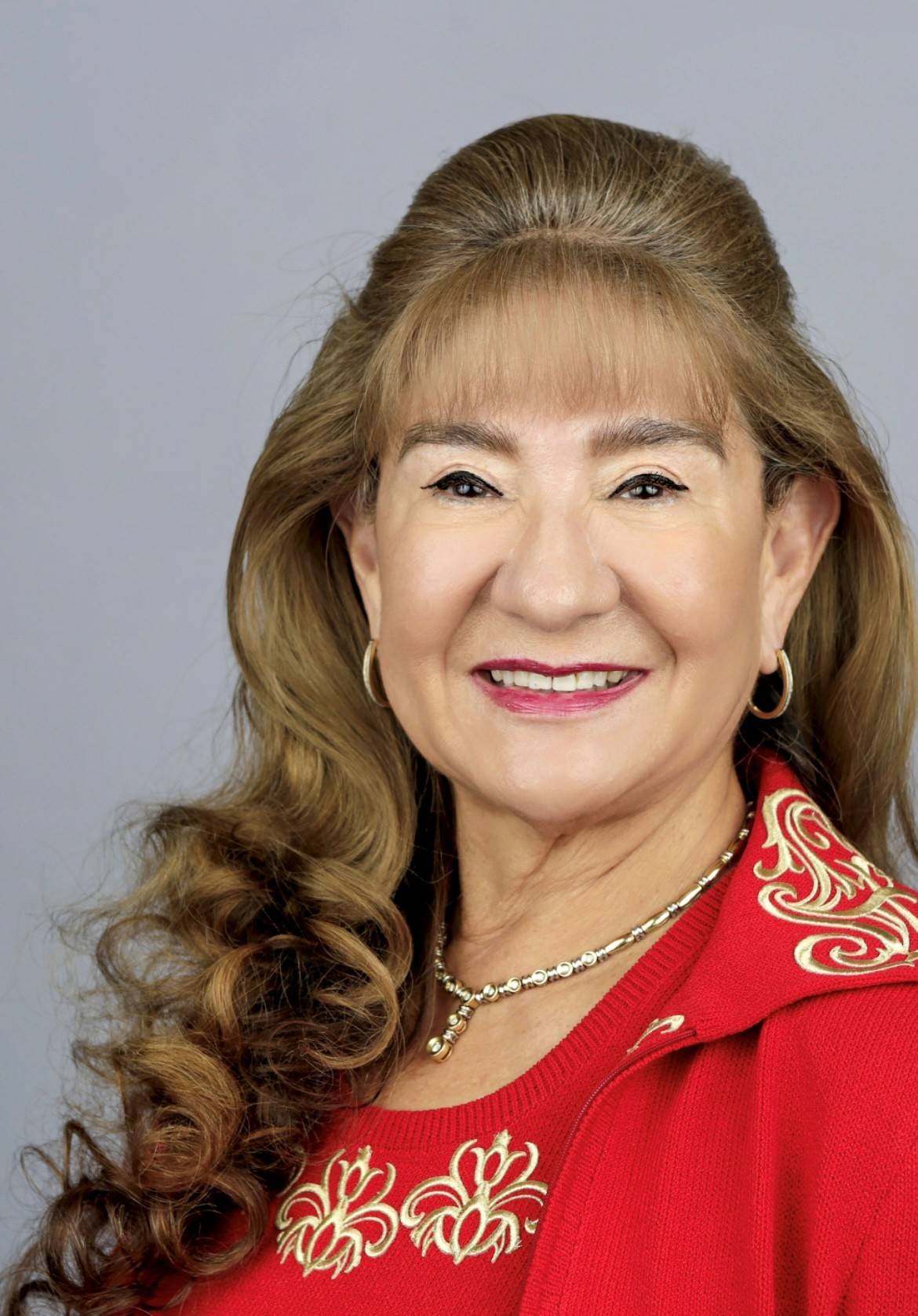With the federal government shutdown now in its second month, Covered California officials are warning that nearly two million residents who rely on federal tax credits to keep their coverage affordable could face steep premium increases—or lose insurance—if Congress fails to act during open enrollment.
Speaking during a virtual media briefing hosted Oct. 23 by California Black Media (CBM)Executive Director Regina Wilson, Dr. Monica Soni, Chief Medical Officer for Covered California, said the budget impasse in Washington is threatening to undo years of progress toward affordable health care.
“We had record levels of affordability coming into 2025,” Soni said. “But a lot of that progress is being revisited because of what’s happening at the federal level.”
The Biden-era subsidies, which increased financial assistance and capped what families pay toward premiums, are set to expire Dec. 31 unless Congress acts.
Their renewal is tied to negotiations to reopen the government after H.R. 1 — the “One Big Beautiful Bill” Act — omitted funding for the credits. Without federal action, the average monthly premium could rise by 97% in 2026.
As the uncertainty continues, Covered California has launched its 2026 open-enrollment campaign, “Connectors for Coverage,” to reach uninsured residents and help current enrollees maintain affordable plans. The campaign kicked off with community events across the state, reinforcing the marketplace’s mission to make quality care accessible to all Californians.
At an event in Leimert Park in Los Angeles on Nov 5, Executive Director Jessica Altman joined community partners, health advocates, and local leaders to launch the campaign and underscore the importance of affordable health care in historically Black neighborhoods. She spoke about the urgency of protecting the federal premium subsidies and said that even amid the government shutdown, Covered California’s mission remains focused on making health care accessible and equitable for all.
Community leaders said outreach in Black neighborhoods remains vital, especially while the federal shutdown stalls congressional action.
“It has given me a lot of information to know that they have structured different types of plans available based on people’s income levels, particularly that group of early retirees who may not yet qualify for Medicare,” said Dr. Lydia Green, representing the Association of Black Women Physicians. “The best thing you can do is be empowered by being informed. Know the facts of how it impacts you and your loved ones specifically — and know that Covered California is here to help.”
A few days later, the “Connectors for Coverage” campaign continued in Sacramento, where Altman joined Rep. Doris Matsui (D-CA-7) to emphasize what’s at stake for millions of Californians.
“Covered California and the Affordable Care Act have transformed lives by making affordable, high-quality health care a reality for millions of families,” Matsui said. “Now, that progress is at risk. Republicans have chosen chaos over solutions—shutting down the government instead of working to lower costs and protect coverage. We’ve come too far to turn back.”
Altman has warned in multiple public appearances that mostly low- and middle-income earners face major affordability challenges if federal support ends.
“Californians are going to be facing a double whammy—premiums going up and tax credits going away,” she said.
To cushion the blow, state lawmakers have allocated $190 million to help households earning up to 150% of the federal poverty level—about $48,225 for a family of four. But Soni said that support cannot match the scale of federal aid. “Those on the lower end of the income scale will be hit the hardest,” she said.
Even with that help, premiums are expected to increase an average of 10.3% in 2026, still below the 20% national average. Soni credited California’s ability to negotiate directly with insurers to keep costs lower than in most states.
For many families of color already burdened by medical debt, the loss of subsidies could be devastating. A household that now pays about $300 a month for coverage could see that cost double to $600, according to Covered California estimates.
Health equity has been central to the marketplace’s mission since its founding. Soni said Covered California employs more than 14,000 certified navigators and agents, many working in Black and Latino neighborhoods with high uninsured rates.
“They speak the language, they are in community and of community,” Soni said. “When we see pockets of uninsured people, we go to them.”
Soni warned that the expiration of federal subsidies—combined with Medi-Cal redeterminations and CalFresh reductions—could create a “perfect storm” for low-income Californians in the coming year.
“If the enhanced premium tax credits are not extended, about 400,000 Covered California enrollees could lose insurance,” she said.
Soni added that the stakes are especially high for Black Californians, who are more likely to live with chronic conditions but less likely to have continuous coverage. Ensuring access to affordable plans, she said, is a matter of health equity and survival.
Covered California open enrollment for 2026 runs through Jan. 31, 2026. Californians can compare plans or renew coverage at CoveredCA.com or call (800) 300-1506.
“We’re out in the community—at churches, cafés, everywhere—to answer questions,” Soni said. “We do what we do for the love of Californians.”






